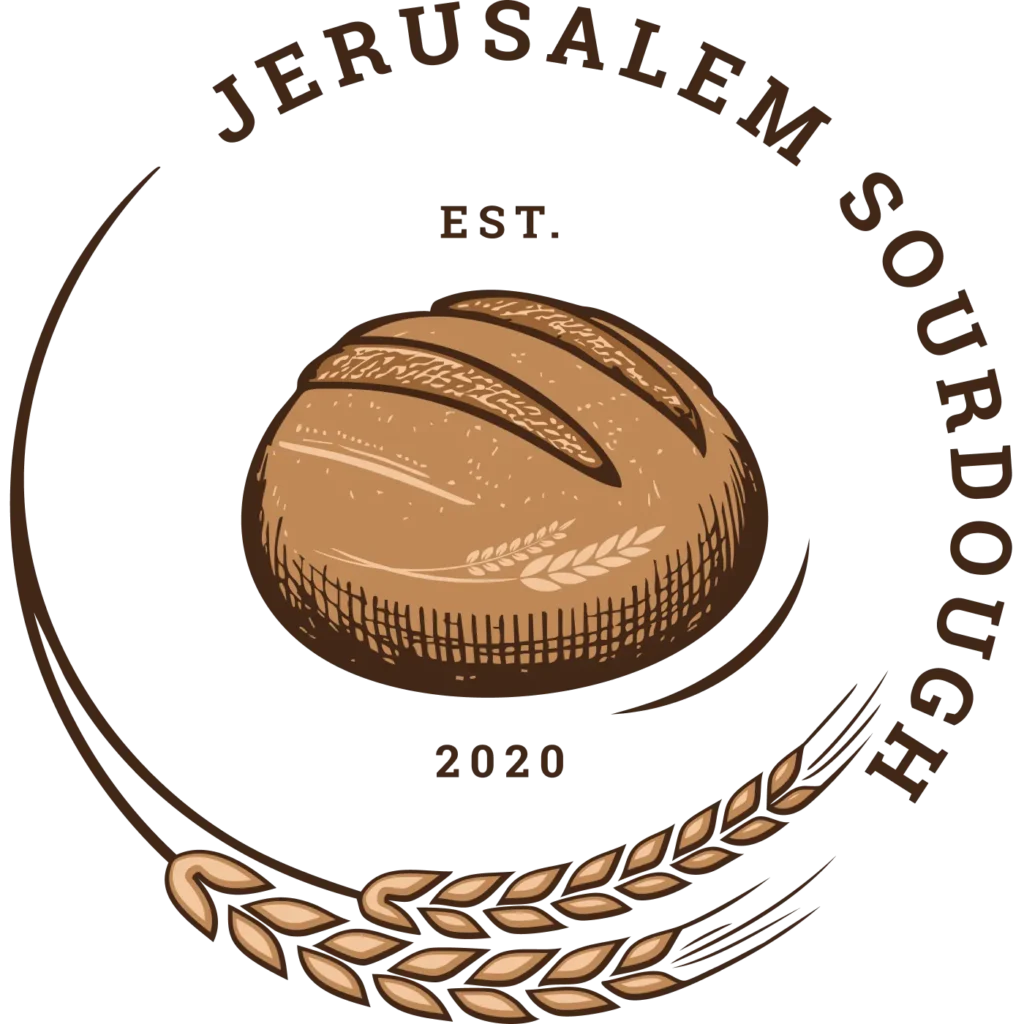AKA: Mistakes were made… lots of them.
Let’s be real — sourdough can feel so frustrating in the beginning. You spend hours feeding your starter, folding dough, timing… only to end up with a loaf that’s dense, flat, or just straight-up sad. Been there, done that (more times than I want to admit).
When I first got into sourdough, it was actually a friend who taught me. She gave me all the basics — but for some reason, I thought I knew better (classic me). I skipped steps, changed things, made every mistake possible… but honestly, that’s what taught me the process. You kinda have to mess up to get it.
Still — if I could go back and give myself some solid advice, it would be these 8 tips. Whether you’re just starting out or have baked a few loaves already, these are the things that will really make a difference in your bread:
- Your starter needs to be strong
If your starter isn’t rising, your bread won’t either. It’s literally the engine behind the whole thing. In the beginning, I thought, “Eh, it looks bubbly enough!” Nope. You want it doubling in size consistently after each feeding, and it should smell slightly sweet or tangy (not like nail polish remover). A weak starter = a sad, flat loaf. - Start with lower hydration
All the cool kids on Instagram are doing anywhere between 75% and higher — but I always say, start slow. Around 65% hydration is perfect when you’re starting out. It gives you a dough that’s easier to handle, less sticky, and way more forgiving. You can always build up from there as you get more confident. - Folds build strength
Folding is what takes your dough from a sticky mess to something strong and structured. Usually I’ll do a stretch and fold first, and then follow with a few coil folds throughout the bulk rise. They help build gluten and trap air — both super important for a nice open crumb and strong dough.
Side note: a classic beginner mistake is actually overdoing the folds. You really only need just enough to build strength — more isn’t always better.
If you’re interested in learning more about this, I have a video on my Instagram that explains exactly how many folds you need based on your dough’s hydration. - Flour choice matters
Start with bread flour — it has more gluten and gives you a stronger dough to work with. Whole wheat is amazing once you’ve got the hang of things, but it requires more water, which makes the dough a bit thicker and harder to handle. It also ferments faster, which can make the timing and shaping a little tricky if you’re not used to it. - Rising takes time
This isn’t commercial yeast — sourdough has its own schedule. Bulk fermentation can take 4–6 hours, sometimes more depending on the temp. I used to panic thinking my dough wasn’t rising when really it just needed more time. Be patient. Go live your life. It’ll get there. - Shaping = tension
Shaping used to confuse the heck out of me. But once I realized it’s all about creating surface tension, it clicked. The tighter the shaping, the better the oven spring. Don’t go too rough — but don’t be afraid to give it a little muscle. You want that tension! - Steam is key
Most home ovens don’t trap steam properly — and steam is crucial for oven spring and that crispy crust. That’s why a Dutch oven is perfect for home bakers. It traps the steam during the first part of the bake, giving your loaf the environment it needs to puff up and shine. - Patience is everything
Seriously. You’re going to mess up. You’re going to get weird loaves. But every single one teaches you something. Keep baking, keep learning, and don’t give up — it’s so worth it.
And I want to end off by saying this…
Because beyond the bread itself… sourdough teaches us to slow down, to be present, to reconnect.
To put love and intention into our food — not just to eat, but to elevate.
In Judaism, we’re taught that food is a tool for connection — a moment to pause, to recognize that everything we have comes from God, and to be truly grateful.
Not to eat on autopilot or chase endless goals — but to bring holiness into the simple, everyday acts of life.
And maybe that’s what sourdough really is — a quiet, powerful reminder to come back to what matters.

